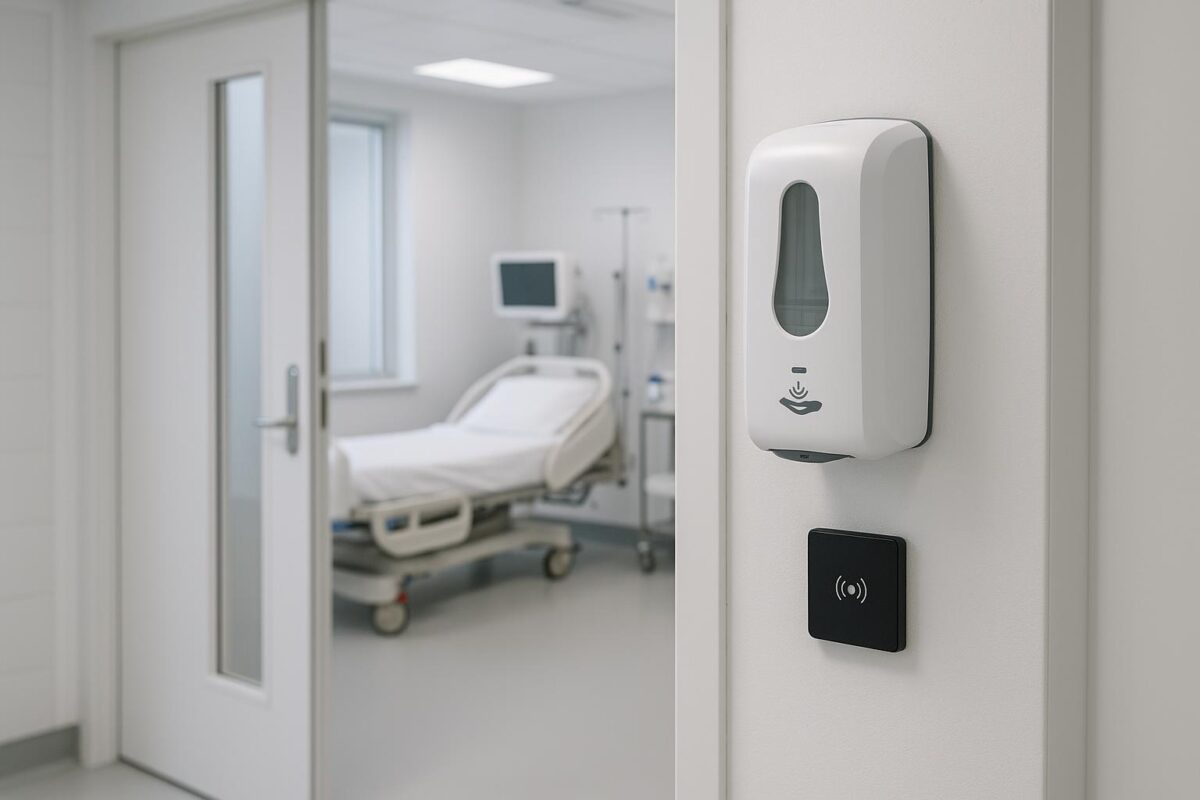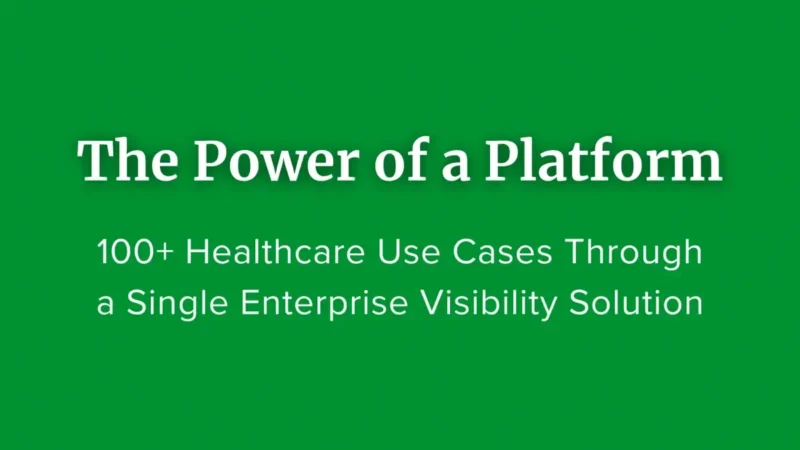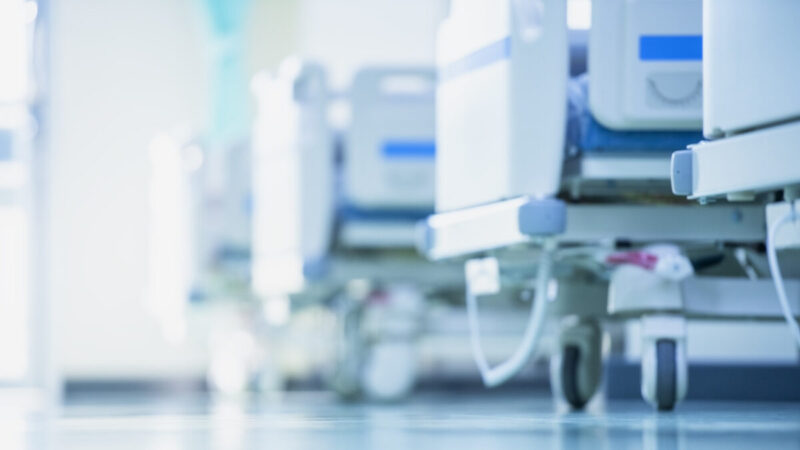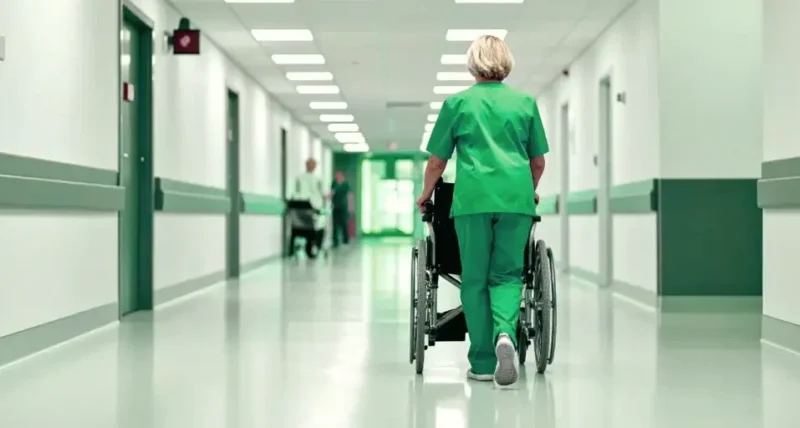electronic monitoring

Moving Beyond Manual Audits to Enhance Patient Safety and Compliance
Hand hygiene has long been recognized as the single most effective measure to prevent hospital-acquired infections (HAIs). For decades, healthcare facilities have relied on direct observation—the classic clipboard-and-stopwatch method—to track compliance. While well-intentioned, this manual approach is fundamentally flawed, suffering from observer bias, small sample sizes, and significant resource strain. Today, healthcare administrators and infection prevention specialists are embracing a more precise, data-driven solution: electronic hand hygiene monitoring systems.
This technological shift represents a pivotal moment in patient and staff safety. By leveraging automation, hospitals and senior living facilities can finally move from approximation to accuracy, creating a sustainable culture of safety built on reliable, continuous data.
The Persistent Flaws of Traditional Auditing
Understanding the need for automation begins with recognizing the inherent weaknesses of manual observation. These methods often produce a skewed and incomplete picture of an organization's actual hand hygiene practices.
The Hawthorne Effect: When Observation Changes Behavior
Staff who know they are being monitored are more likely to adhere to protocols, a phenomenon known as the Hawthorne effect. This results in temporarily inflated compliance rates that don't reflect typical, day-to-day behavior. Once the observer leaves, practices often revert, leaving patients vulnerable.
Limited Sample Sizes and Human Error
A typical hospital may have hundreds of thousands of hand hygiene opportunities each month. Manual audits capture only a tiny fraction of these events, providing a statistically insignificant snapshot. Furthermore, the process is prone to human error, from inconsistent criteria to simple data entry mistakes, further compromising the quality of the insights.
Resource-Intensive and Inefficient
Dedicating skilled clinical staff to manual observation is a costly and inefficient use of their time. These valuable hours could be redirected toward direct patient care. The administrative burden of collecting, compiling, and reporting this flawed data only adds to the operational drain.
How Electronic Monitoring Transforms Infection Control
Automated systems utilize Real-Time Location System (RTLS) technology to provide comprehensive, unbiased tracking of every hand hygiene event. Staff members wear small, discreet badges that communicate with sensors placed on soap and sanitizer dispensers, as well as at key locations like patient room entrances and exits.
This technology creates a complete, 24/7 record of compliance. The system automatically documents when a staff member enters a patient's room and whether they activated a dispenser. This objective data eliminates guesswork and provides a true measure of performance, empowering healthcare workflow automation and building a more robust safety infrastructure.
Key Benefits of Adopting an Automated System
Unparalleled Data Accuracy
Electronic systems capture 100% of hand hygiene events, removing the bias and small sample size limitations of manual methods. This leads to highly accurate compliance rates that reflect reality, allowing for targeted and effective improvement strategies.
Reduced Infection Rates
The ultimate goal of hand hygiene is to reduce HAIs. By creating true accountability and providing immediate feedback, automated systems have been shown to significantly increase compliance rates. This behavior change directly translates to better patient outcomes and lower associated treatment costs, a critical metric for any RTLS system for hospitals.
Streamlined Compliance and Reporting
Preparing for audits from regulatory bodies like The Joint Commission can be a stressful, time-consuming process. Automated systems generate comprehensive reports at the touch of a button. This powerful RTLS analytics platform simplifies compliance, freeing up staff to focus on proactive quality improvement initiatives rather than reactive report building.
A Tool for Education, Not Punishment
Modern electronic monitoring is not about penalizing staff; it's about providing objective feedback to foster improvement. The data can identify specific departments, shifts, or roles that may need additional training or support. It transforms the conversation from punitive to educational, empowering teams to take ownership of patient safety. This commitment to improvement is vital for both acute care and senior care facilities alike.
Ready to Transform Your Facility’s Safety Culture?
Discover how ZulaFly’s real-time location system can automate your hand hygiene compliance, enhance patient safety, and provide the actionable data you need to drive meaningful improvement. Stop relying on estimates and start operating with certainty.
Frequently Asked Questions (FAQ)
The technology operates passively in the background. Staff wear small, lightweight badges, and sensors are discreetly placed. The system logs events automatically without interrupting clinical workflows, ensuring data is collected without disrupting patient care.
Successful implementation depends on communication. It's crucial to frame the system as a tool for quality improvement and patient safety, not for punishment. When staff understand that the goal is to identify systemic barriers and provide support, they are far more likely to embrace the technology.
Modern RTLS platforms like ZulaFly are cloud-hosted, which minimizes the need for extensive on-site hardware and IT support. Installation is handled by experienced technicians, and maintenance is typically managed by the provider, ensuring a seamless experience for the healthcare facility.
The ROI is significant and multifaceted. It includes direct cost savings from reducing HAIs (which can cost tens of thousands of dollars per case), redirecting staff hours from manual auditing to patient care, and lowering potential liability costs. Improved patient outcomes and enhanced reputation are also invaluable benefits.
Glossary of Terms
A technology used to automatically identify and track the location of objects or people in real time, usually within a building or other contained area. In this context, it tracks staff badges to monitor their interactions with hand hygiene dispensers and patient zones.
An infection that is acquired in a hospital or other healthcare facility. Also known as a nosocomial infection, HAIs are a major cause of patient morbidity and mortality.
A type of reactivity in which individuals modify an aspect of their behavior in response to their awareness of being observed.



